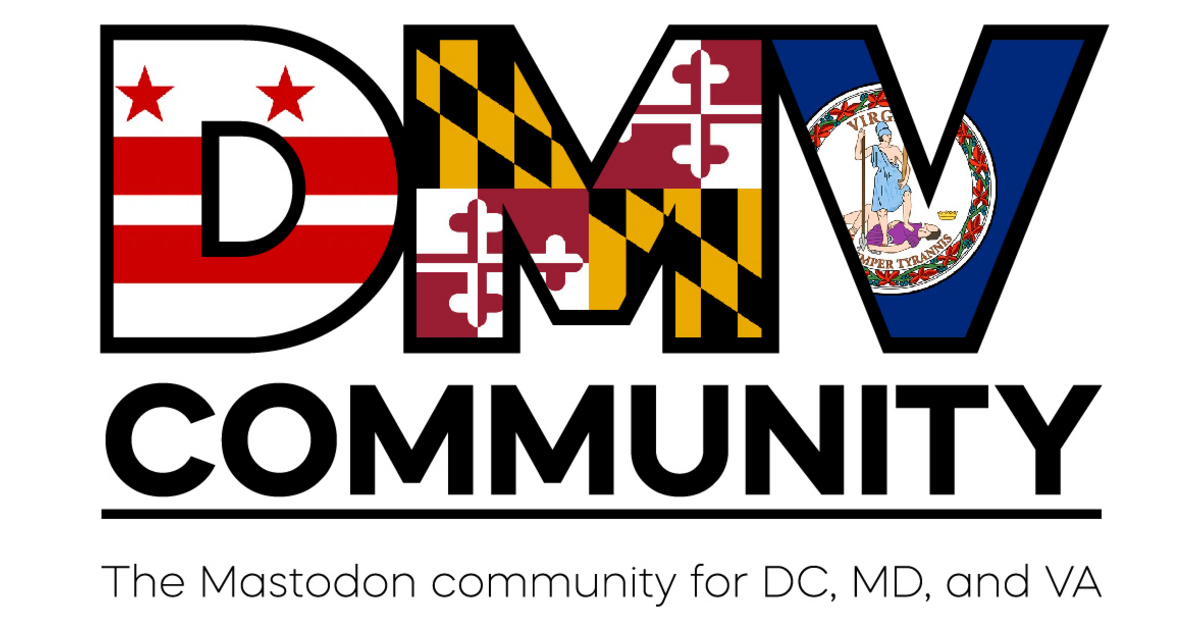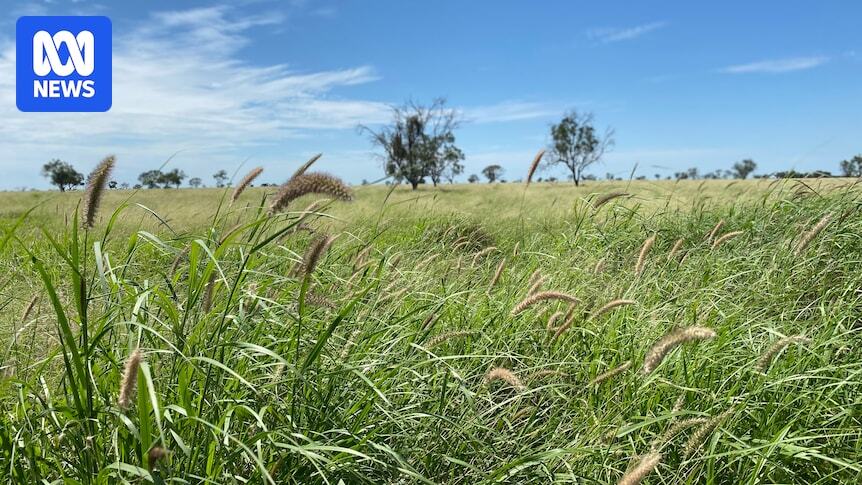Airborne Hazards
Smoke pollution from pile burning, bushfires and burn pits
Push for Australia to recognise toxic burn pits in Afghanistan as cause of cancer in soldiers >>
https://www.abc.net.au/news/2025-03-11/burn-pits-afghanistan-iraq-causing-adf-soldiers-cancer/105004910
Airborne Hazards and Burn Pit Exposures (US)
"Open air pits used to burn several waste products, including, but not limited to: chemicals, paint, medical and human waste, metal/aluminum cans, munitions, petroleum and lubricant products, plastics and Styrofoam, rubber, wood, and food waste."
List of illnesses from airborne hazards and burn pit exposures >>
https://www.publichealth.va.gov/exposures/burnpits/
Pile burning in rural NSW
"Burning of cut and stacked vegetation is referred to as a pile burn." The piles often also contain waste materials. >>
https://www.rfs.nsw.gov.au/__data/assets/pdf_file/0012/13323/Standards-for-Pile-Burning-V2.pdf
Black Summer bushfire smoke
"Before summer's end, 33 people had lost their lives, more than 3,000 homes had been destroyed, and more than 17 million hectares of land had been burnt, devastating lives and regional economies. Many cities and towns were blanketed in smoke with air quality ranking amongst the worst in the world.">>
https://www.apsc.gov.au/state-service/state-service-report-2019-20/chapter-1-commitment-service/black-summer







